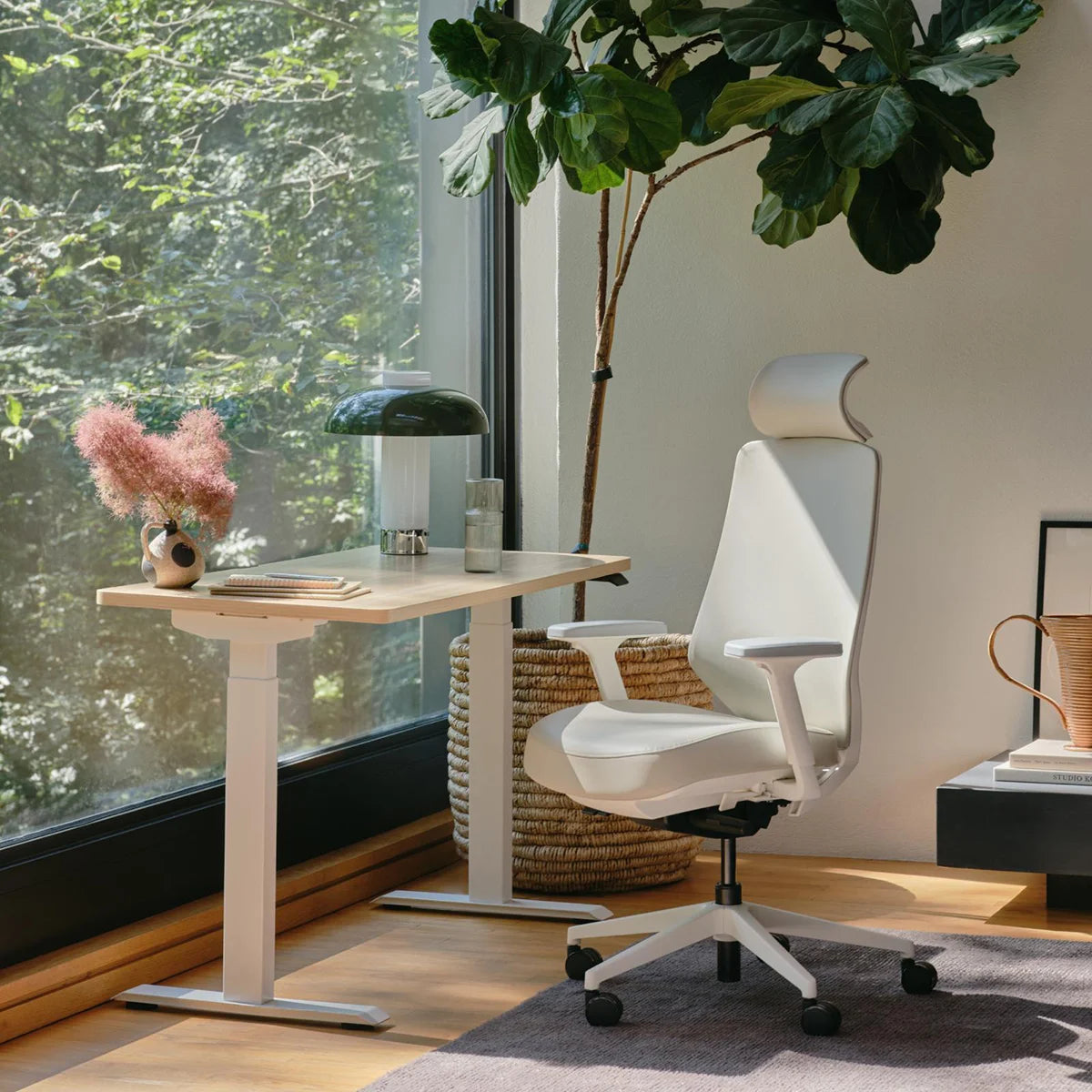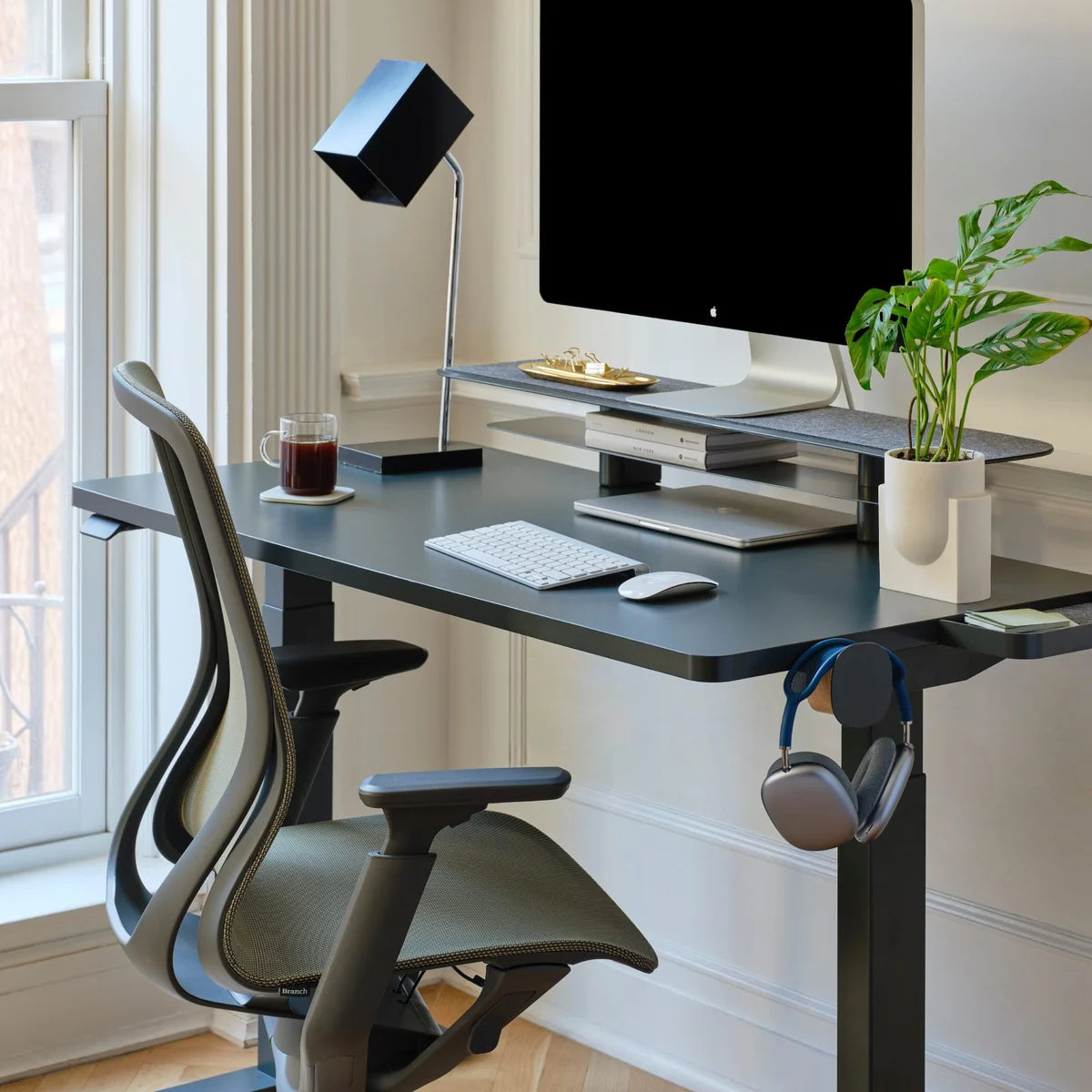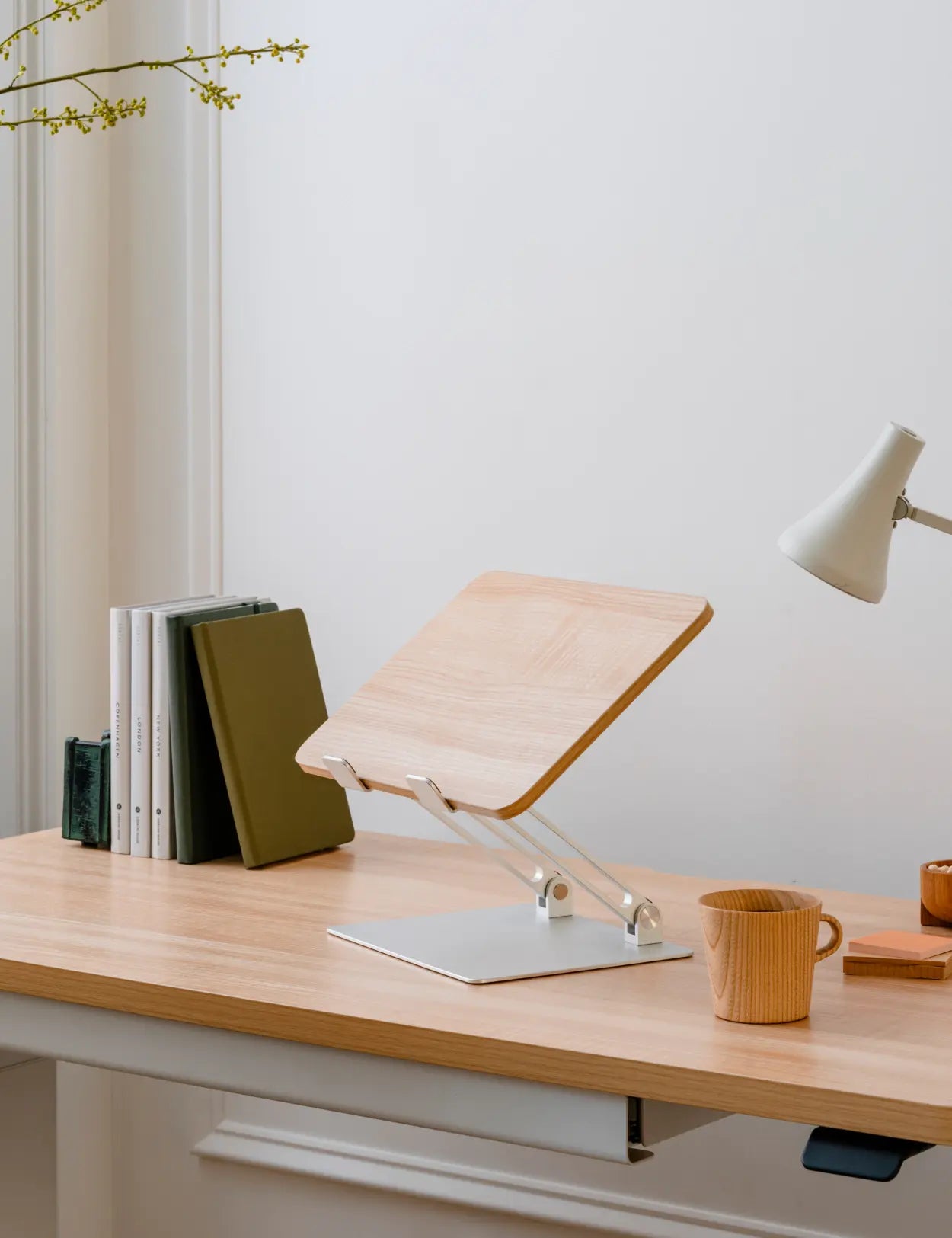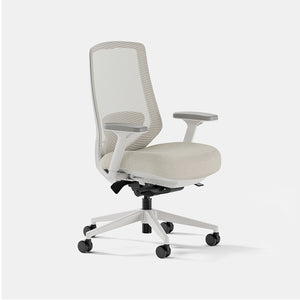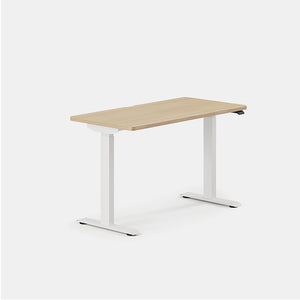Saddle chairs are innovative seating solutions designed to support healthy posture and comfort during prolonged periods of sitting. Unlike traditional chairs with flat seats, saddle chairs feature a contoured seat (sometimes resembling a horse's saddle), which allows the user to sit with their hips positioned slightly lower than their knees.
This design encourages the pelvis to tilt forward, naturally aligning the spine in a neutral position and promoting an open hip angle. Saddle chairs reduce pressure on the lower back and hips, alleviating discomfort and supporting healthy circulation by distributing the weight of the body more evenly across the pelvis and thighs.
Saddle chairs come in a slew of styles and configurations to suit different preferences and needs. Some models feature height-adjustable seats and rocking bases, allowing you to customize your position.
Additionally, some saddle chairs are available with or without backrests, providing flexibility for people with varying ergonomic requirements. As we continue to prioritize ergonomic awareness and well-being, saddle chairs are becoming increasingly popular for people seeking relief from the negative effects of sitting at a desk all day.





